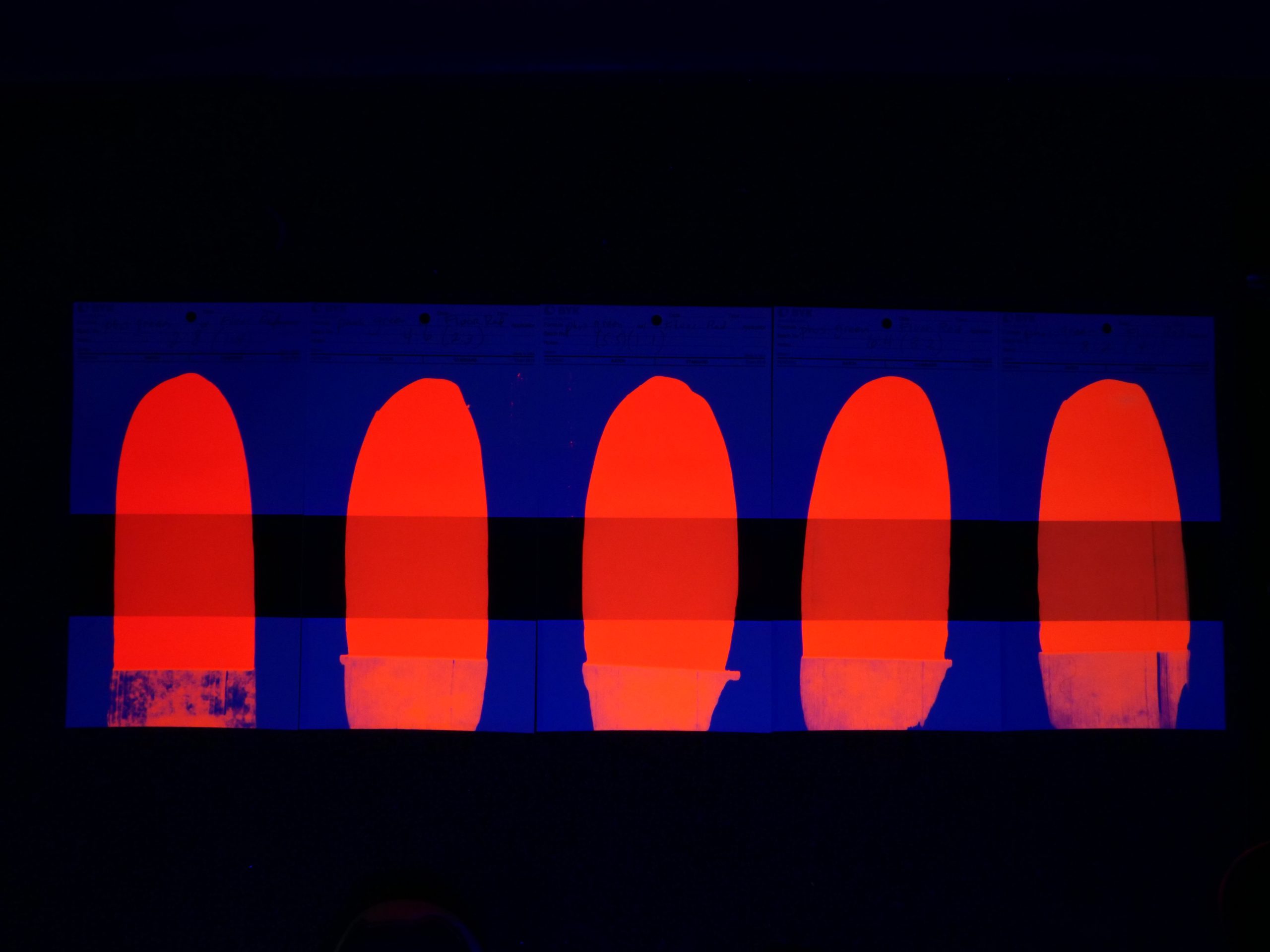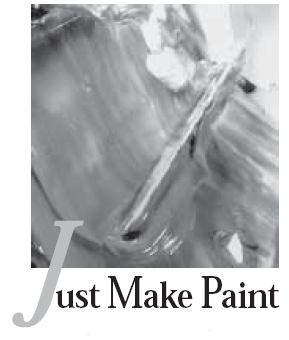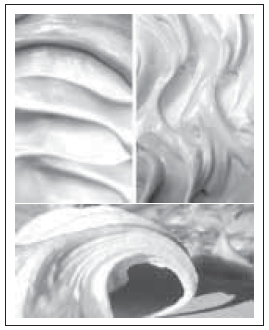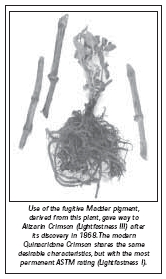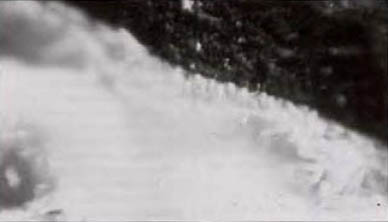
GOLDEN Acrylic Glazing Liquid
GOLDEN Acrylic Glazing Liquid is a 100% acrylic polymer emulsion-based painting medium. Many artists who desire longer working time have enjoyed the benefits of this product. This simple blend of acrylic polymers, water, and retarder is complemented with a perfect combination of leveling and an ability to show brush texture.


